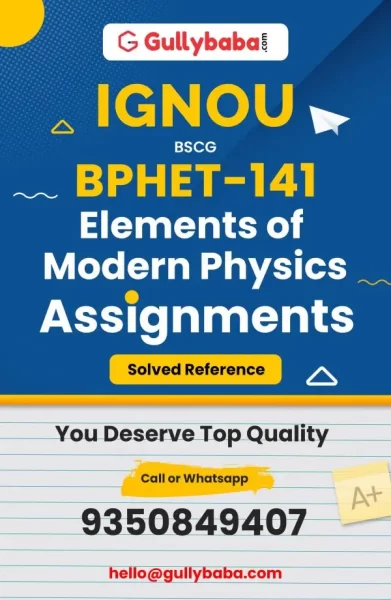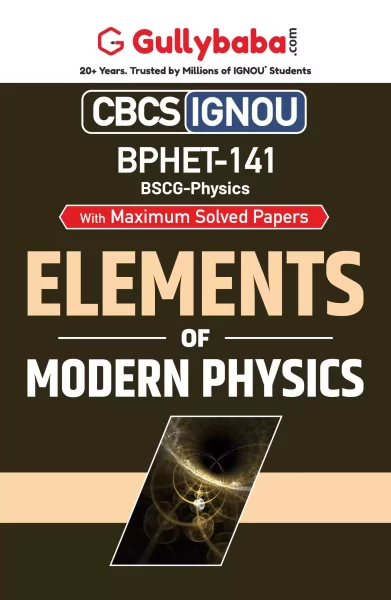-
Sale!
BPHET-141
Elements of Modern Physics
Original price was: ₹200.00.₹100.00Current price is: ₹100.00.Bought by : 3635 StudentsIn Stock Only 0 left ! -
Sale!
BPHET-141
Elements of Modern Physics
Bought by : 3877 StudentsIn Stock Only 0 left !






